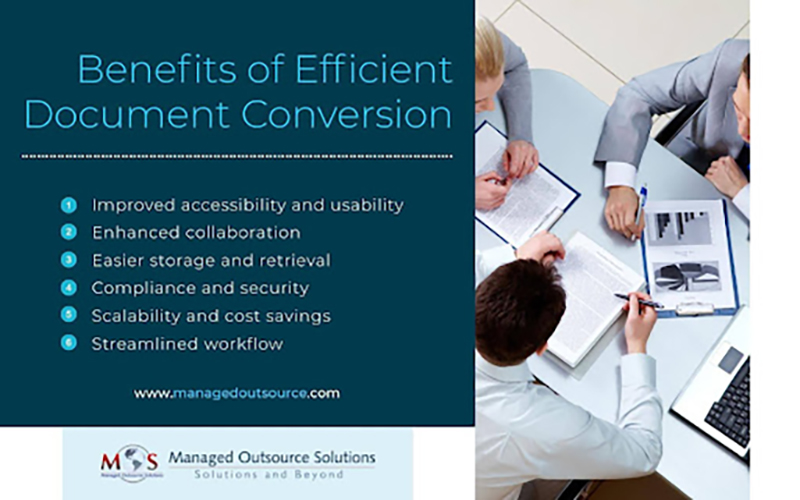Anesthesia coding is a specialized branch that requires an understanding of the intricacies involved in relevant coding guidelines to provide accurate charge capture. Unlike other medical specialties for which coding is based on the procedure performed, anesthesia coding is determined by various factors, such as:
- Medical condition
- Type of anesthesia
- Duration of anesthesia
- Complexity of the procedure
Anesthesia practices must navigate complex coding requirements to ensure proper reimbursement. Key challenges of Anesthesia coding include accurately calculating time units, using the correct modifiers, and maintaining thorough documentation. Staying current with anesthesia coding guidelines is essential for accuracy and compliance. To streamline the process and optimize revenue, many practices partner with professional anesthesia billing and coding services that specialize in the field.
Tired of coding errors and delayed payments?
Improve accuracy and reimbursements with our expert medical coding services.
Common Challenges of Anesthesia Coding
- Time-based Billing
Anesthesia services are reported using CPT codes that represent all the care provided for a group of related surgeries. Each code includes a set number of base units.

Start time and stop time: Anesthesia time starts when the provider begins preparing the patient for induction and ends when the provider is no longer personally attending the patient and the patient is safely under post-operative supervision. The time is typically recorded in minutes and then converted into time units. One unit equals 15 minutes, and many payers round up or down based on their specific policy. Accurate tracking time down to the minute can directly affect anesthesia billing and reporting time.
Payment is calculated by adding the base units to time units (based on how long anesthesia was given), then multiplying the total by a conversion factor. For Medicare, this factor is set by CMS. For commercial insurers, it varies based on contracts with the provider or group. Errors or discrepancies in reporting anesthesia time can lead to lost revenue, audits, and penalties for fraud.
Discontinuous time: Providers need to know how to bill discontinuous time, which refers to interrupted periods of anesthesia care during a single anesthetic session. It’s a recognized scenario in anesthesia billing, and accurate documentation and proper calculation are essential for reimbursement.
Discontinuous time occurs when anesthesia care is interrupted, but the same anesthesia provider resumes care later in the same surgical episode. This can happen when the patient is temporarily taken to radiology or another department, the procedure is paused for medical stabilization or a break occurs between staged interventions in the same encounter. To bill for discontinuous time:
- The start and stop times of each period of anesthesia must be clearly documented.
- The reason for the interruption should be noted in the anesthesia record.
- Only the time actually spent providing anesthesia services is billable — do not include the interruption period.
To ensure compliance:
- Do not round time excessively; payers often expect exact or to-the-minute logs.
- Ensure anesthesia time segments are continuous within each block and justified when separated.
- Do not bill for time spent on administrative or unrelated tasks during the gap.
Relief Time: In anesthesia billing, relief time, where one physician relieves another, is a common scenario that requires careful documentation and billing practices. Relief time should be reported by the physician who had the most time with the patient, or if equal, by the physician who initially started the case. Accurate documentation of both the start and end times is crucial in medical billing for anesthesia practices, and many payers have specific rules about how to calculate and report time units. Clearly document names and start/stop times of any relief providers during the case.
Rounding of anesthesia time up or down should be done with great care as imprecision in recording the minutes is one of the major issues that lead to compliance problems. Physician groups often round the time to the nearest 5-minute increment or estimate it on the basis of past experience. However, for Medicare, the start/stop time should be reported to the nearest minute.
- Multiple Lumens Placement
Multiple Lumen catheters are used when administering multiple infusions, measuring central venous pressure, and long-term access for medications. Although there is no separate payment for placing a multi-lumen catheter, an exception applies when the anesthesiologist places two separate lines (e.g., a central venous line for CVP monitoring and a Swan-Ganz catheter for pulmonary artery pressure monitoring), using two separate venipuncture sites (“two sticks”). In this case:
Both procedures may be billed separately if they are clearly documented with distinct insertion sites and separate indications (e.g., CVP vs. hemodynamic monitoring).
When billing multi-lumen catheters, documentation must specify:
- Type of catheter (e.g., triple-lumen)
- Method of placement (e.g., ultrasound guidance)
- Insertion site (e.g., internal jugular, subclavian, femoral)
- Whether imaging guidance was used (and billed separately if appropriate)
If ultrasound guidance for vascular access is used, it should be documented appropriately, including permanent image storage. CPT code 76937 – Ultrasound guidance for vascular access, must include documentation of vessel patency and image retention. Use modifier -26 for the professional component, if applicable.
Key billing mistake to avoid: don’t bill additional units or stack CPT codes to account for extra lumens—doing so may lead to denials or audits.
- Modifier Usage
For every anesthesia procedure, the usage of correct modifiers is crucial as it describes various aspects, such as the patient’s physical status, number of providers, and medical direction. Multiple modifiers can be attached to inform payers about the following condition, including:
- Varying medical condition of the patient
- Indicate the amount of anesthesia providers and their roles
- Type of anesthesia service
- Identify the anesthesia given
- Report any unusual circumstances
The documentation of each anesthesia service should be carefully examined to append appropriate modifiers to anesthesia procedure codes for maximum reimbursement. Failure to do so may result in denials and lost revenue.
- Documentation of Medical Direction
Physicians must medically direct qualified providers in two, three or four concurrent cases and perform the following seven steps to bill for medical direction and become eligible for reimbursement.
- Perform a pre-anesthetic examination and evaluation
- Set up an anesthesia plan
- Participate personally in most critical and demanding procedures in anesthesia plan such as induction and emergence
- Make sure that a qualified individual performs every procedure in the anesthesia plan that are not performed personally
- Supervise the course of the administration of anesthesia at frequent intervals
- Be physically present and available in case of immediate diagnosis and treatment of emergency cases
- Provide post-anesthesia care as specified
If any of these steps are not performed or a task which is not permitted in medical direction is performed, it is reported as medical supervision. The guidelines for qualifying medical supervision are as follows:
- The anesthesiologist is involved in furnishing more than four procedures concurrently.
- The anesthesiologist is performing other services while directing the concurrent procedures. There are several exceptions to this:
- Addressing an emergency of short duration in the immediate area
- Administering an epidural or caudal anesthetic to ease labor pain
- Periodic (rather than continuous) monitoring of an obstetrical patient
- Receiving patients entering the operating suite for the next surgery
- Checking or discharging patients in the recovery room
- Handling scheduling matters
- Time for Invasive Line Placement
The time for the placement of blocks post-surgery (invasive line or epidural catheter) and before anesthesia induction or after anesthesia emergence should not be included in the anesthesia time, even if the block placement involves sedation and monitoring. Alternatively, the time spent for the placement of blocks after anesthesia induction or after anesthesia emergence should not be subtracted from the reported anesthesia time. If the sedation is administered only for the block placement, that time should not be included in the reported anesthesia time. Epidurals, central line, arterial, regional blocks etc. should be coded and billed as separate procedures. Do not include them in the reported anesthesia time. Pain management services should be reported in conjunction with an operative anesthesia service.
- Cancelled Cases
Cases cancelled before anesthesia induction should be reported with an accurate evaluation and management (E/M) code and proper reason (for instance, equipment not working). If a case is cancelled after induction, it should be reported with an appropriate modifier (-53 (discontinued procedure), -73 (discontinued before providing anesthesia), -74 (discontinued after anesthesia administration or after the procedure begins), and time. Providers should check whether or not the insurers accept modifiers. If modifiers are not accepted, these cases should be billed using the correct anesthesia code with full base units and total time reported. The reason for cancellation should be clearly documented as well.
- Monitored Anesthesia Care (MAC)
When billing for Monitored Anesthesia Care (MAC), it’s essential to emphasize medical necessity. If a patient loses consciousness at any point during the procedure, the service should be classified as general anesthesia—not MAC. Since Local Coverage Determinations (LCDs) vary by payer and are subject to frequent updates, thorough documentation is crucial to support the reported diagnosis and ensure proper reimbursement for MAC services.
Partner with a Medical Billing Expert
By effectively addressing the challenges associated with anesthesia coding, practices can reduce administrative burdens, maintain compliance, and optimize reimbursement. Leveraging specialized outsourced medical billing services can be a strategic move, helping practices ensure accurate coding and billing—ultimately driving better financial outcomes.
Learn how our medical billing and coding services can help you reduce denials and increase collections.




